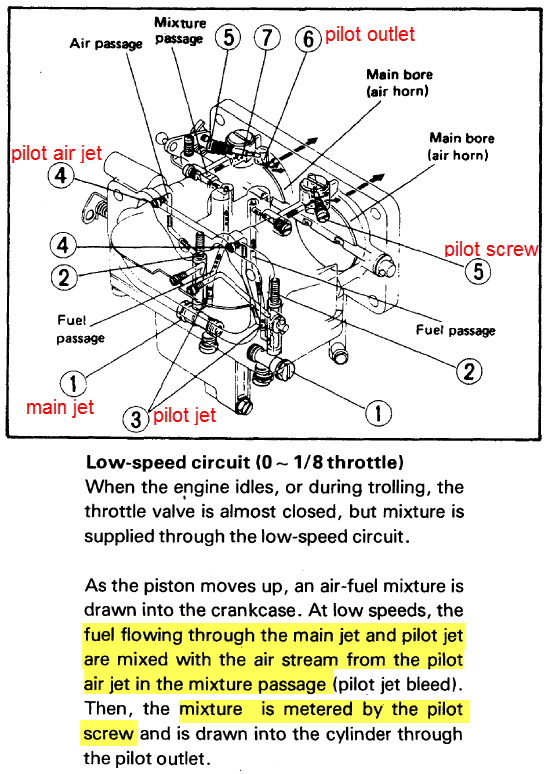1998 S115TLRW
I experienced power loss as rpms approach 3300. Sounds like it's flooding if i throttle up. Because the carbs are due for a good cleaning im fairly sure the jets are gummed up. As a quick fix, what are your thoughts if i were to dump the 4 bowls, spray compressed air using the straw directly into the main jets, then some B12 carb cleaner into jets.
If the issue is the main jets I would think this works.
Townsend. Boscoe, Rodbolt, 99yam...like to hear what you studs have to say. Big thanks as always.
I experienced power loss as rpms approach 3300. Sounds like it's flooding if i throttle up. Because the carbs are due for a good cleaning im fairly sure the jets are gummed up. As a quick fix, what are your thoughts if i were to dump the 4 bowls, spray compressed air using the straw directly into the main jets, then some B12 carb cleaner into jets.
If the issue is the main jets I would think this works.
Townsend. Boscoe, Rodbolt, 99yam...like to hear what you studs have to say. Big thanks as always.



Comment